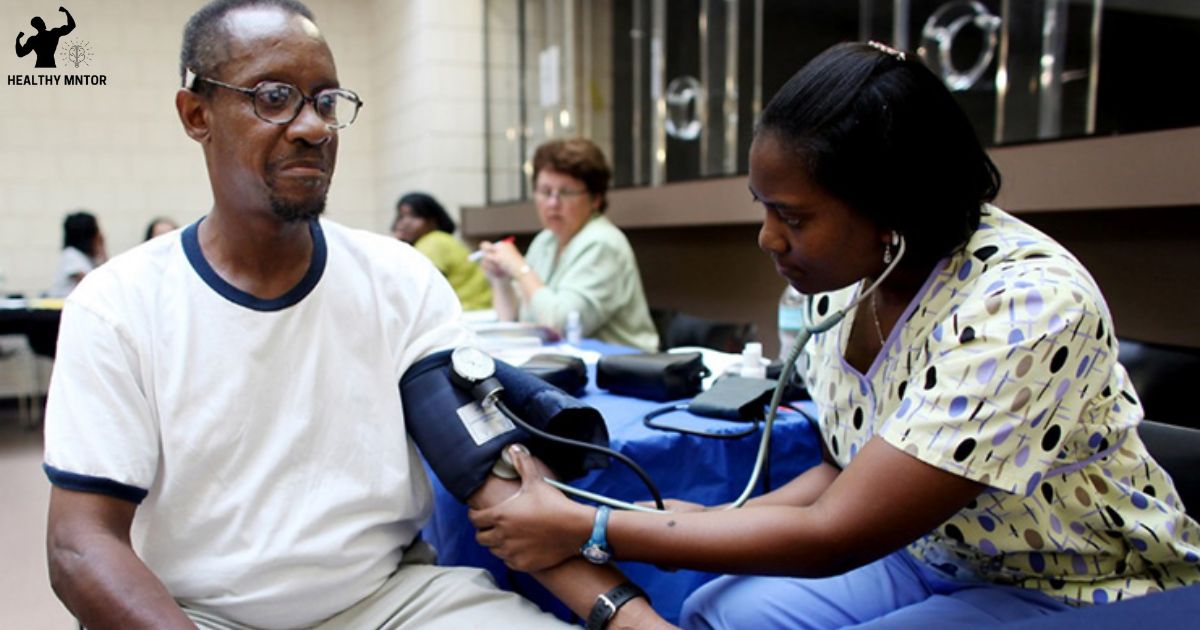According to recent data, the reporting of certain diseases to the public health department is crucial for safeguarding the well-being of communities. In this article, we will explore the list of notifiable, infectious, and communicable diseases that must be reported, as well as other reportable conditions. Understanding the mandatory disease reporting guidelines is vital for public health professionals, healthcare providers, and individuals alike, as it helps in tracking and controlling the spread of these diseases for the greater welfare of society.
Key Takeaways
- Notifiable diseases, such as tuberculosis, HIV/AIDS, malaria, hepatitis, and certain foodborne illnesses, must be reported to the Public Health Department.
- Reporting infectious diseases is crucial for surveillance and control measures, as they can be transmitted from person to person, through contaminated food or water, or via vectors.
- Communicable diseases, including influenza, tuberculosis, HIV/AIDS, measles, and COVID-19, are easily spread and require monitoring and control strategies like surveillance and contact tracing.
- Public health departments require reporting of specific diseases and conditions, such as sexually transmitted infections, foodborne illnesses, vaccine-preventable diseases, and certain cancers, to enable monitoring, outbreak identification, and implementation of measures.
Notifiable Diseases
Notifiable diseases are a specific set of diseases that are required to be reported to the Public Health Department. These diseases are deemed important to public health because they have the potential to cause significant harm and spread rapidly within communities. The reporting of notifiable diseases allows for early detection, surveillance, and effective control measures to be implemented promptly. Examples of notifiable diseases include tuberculosis, HIV/AIDS, malaria, hepatitis, and certain types of foodborne illnesses. By reporting these diseases, public health officials can monitor trends, identify outbreaks, and implement targeted interventions to prevent further transmission. Notifiable diseases play a crucial role in protecting the health and well-being of the population, as they provide valuable information for public health planning and response. Moving forward, it is important to explore the subset of notifiable diseases known as infectious diseases, which pose unique challenges and implications for public health.
Infectious Diseases
In the realm of public health, the reporting of infectious diseases is of utmost importance for effective surveillance and control measures. Infectious diseases are caused by pathogenic microorganisms such as bacteria, viruses, parasites, or fungi, and can be transmitted from person to person, through contaminated food or water, or via vectors such as mosquitoes or ticks. Prompt reporting of infectious diseases allows public health departments to monitor disease trends, identify outbreaks, and implement appropriate interventions to prevent further spread. Common examples of reportable infectious diseases include tuberculosis, influenza, measles, hepatitis, and sexually transmitted infections. By reporting these diseases, public health departments can gather crucial data, develop targeted prevention strategies, and protect the health of the community.
Communicable Diseases
Communicable diseases, also known as infectious diseases, are a significant concern for public health departments due to their potential for rapid transmission and impact on population health. These diseases are caused by microorganisms such as bacteria, viruses, fungi, and parasites that can be easily spread from one person to another through direct or indirect contact. Examples of communicable diseases include influenza, tuberculosis, HIV/AIDS, measles, and COVID-19.
Public health departments closely monitor and control the spread of communicable diseases through various strategies, including surveillance, contact tracing, vaccination programs, and public education campaigns. Prompt reporting of suspected or confirmed cases is crucial for effective disease control and prevention. By identifying and tracking communicable diseases, public health departments can implement appropriate interventions to mitigate the spread, protect vulnerable populations, and safeguard the overall health of the community.
Reportable Conditions
Public health departments require the reporting of specific diseases and conditions that meet certain criteria for surveillance and control purposes. These reportable conditions vary from state to state, but generally include diseases that are easily transmitted, have significant public health implications, or require specific interventions for prevention and control. Examples of reportable conditions often include sexually transmitted infections, foodborne illnesses, vaccine-preventable diseases, and certain types of cancer. The purpose of reporting these conditions is to enable public health officials to monitor disease trends, identify outbreaks, and implement appropriate measures to prevent further spread. By collecting and analyzing data on reportable conditions, public health departments can make informed decisions about resource allocation, targeted interventions, and public health messaging. This information is crucial for protecting the health and well-being of the community. In the next section, we will discuss the concept of mandatory disease reporting and its importance in public health surveillance and control.
Mandatory Disease Reporting
To ensure effective public health surveillance and control, the reporting of specific diseases and conditions is mandated by public health departments. Mandatory disease reporting is a crucial component of public health systems worldwide. It involves healthcare providers, laboratories, and other entities reporting certain diseases and conditions to the designated public health authorities regarding health insurance in California. The goal is to monitor the occurrence and spread of diseases, detect outbreaks, and implement appropriate control measures. The specific diseases and conditions that require mandatory reporting vary by jurisdiction, but they typically include communicable diseases such as tuberculosis, sexually transmitted infections, foodborne illnesses, and vaccine-preventable diseases. Timely reporting enables public health officials to track disease trends, allocate resources, and implement targeted interventions to protect and promote the health of the community. By reporting diseases, individuals contribute to the collective effort of safeguarding public health.
Frequently Asked Questions
What Is the Difference Between Notifiable Diseases and Reportable Conditions?
The difference between notifiable diseases and reportable conditions lies in their reporting requirements. Notifiable diseases are required to be reported by law, while reportable conditions may vary by jurisdiction and are subject to reporting guidelines determined by public health authorities.
Are All Infectious Diseases Considered Reportable to the Public Health Department?
All infectious diseases may not be considered reportable to the public health department. The criteria for reporting vary depending on the jurisdiction and specific disease. It is important to consult local guidelines for a comprehensive list.
How Does the Public Health Department Determine if a Disease Is Communicable or Not?
The public health department determines if a disease is communicable by considering factors such as how the disease spreads, its potential to cause outbreaks, and its impact on public health. This helps in identifying diseases that must be reported for public safety.
Are There Any Exceptions to Mandatory Disease Reporting?
Exceptions to mandatory disease reporting exist to ensure privacy protection and prevent undue burden on healthcare providers. However, it is crucial to understand that reporting diseases to the Public Health Department is essential for effective disease surveillance and control.
What Steps Should Be Taken if Someone Suspects They Have a Notifiable Disease but Are Unsure?
If someone suspects they have a notifiable disease but are unsure, it is important for them to seek medical advice as soon as possible. Early diagnosis and treatment can help prevent the spread of the disease and protect public health.
Conclusion
In conclusion, it is crucial for public health departments to be informed about notifiable diseases, infectious diseases, communicable diseases, reportable conditions, and mandatory disease reporting. This information allows for timely monitoring and response to potential outbreaks, thereby safeguarding public health. Failure to report these diseases can have severe consequences, making disease reporting a vital aspect of public health surveillance. By staying vigilant and promptly reporting diseases, we can effectively prevent the spread of illnesses and protect our communities.







